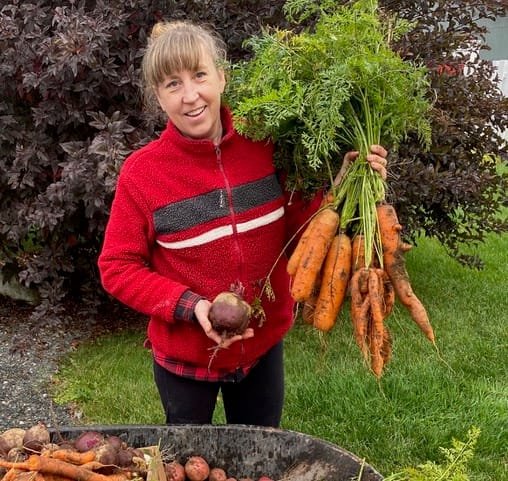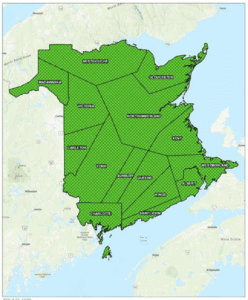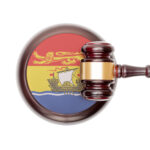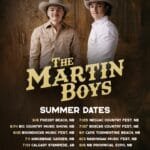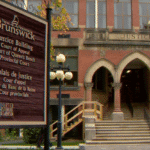It’s happening! Spring is finally on the way!
Great soil really does lead to great gardens. Now more than ever, we need productive gardens. Amending your soil adds ingredients to support plant health, growth, and soil biodiversity. Ideally, adding compost/ manure in the fall helps get a head start for spring. Amending can also be done as soon as the ground can be worked in spring.
Help your garden plants thrive!
The following categories break down the types of plants and how much of what nutrients will help give the best nutrition for most production. Rotate the crop types each year by moving each crop type to the next bed for the following year. Read more detailed info at NB Community Harvest Gardenshttps://www.nbchg.org/
- Bed 1: Root crops (carrots, beets, onions, garlic, potatoes) – Tend to be light feeders and don’t need a lot of nitrogen, like phosphorus and potassium. Add hen manure, bone meal, kelp meal, hardwood ash, and green sand.
- Bed 2: Fruiting crops (tomato, pepper, squash, cucumbers, melons) – heavy feeders and can deplete soil over time, need moderate nitrogen and phosphorus and high potassium. Add alfalfa meal, hen manure, bone meal, kelp meal, hardwood ash and green sand.
- Bed 3: Greens (lettuces, spinach, kale, broccoli, cauliflower, cabbage) – heavy feeders need high nitrogen as they take from the soil. Add alfalfa meal, hen or other manure.
- Bed 4: Beans (pole and bush beans, baking beans, soybeans, lentils, peas) – light feeders and nitrogen-fixers (they add nitrogen back to the soil). Add good compost.
If you wonder about your soil nutrients, you can get a soil test kit to do it yourself or send soil samples away for analysis (there is a cost). Several options are available to send samples away. One option I am aware of is PEI Analytical Labs; info is available online.
Seriously, don’t underestimate the power of the proper nutrients in your soil! It’s the same for humans and animals, better and balanced nutrition = better health overall. Just look at the carrots I had last year – the biggest one came in at just over one pound! Don’t deny it – you really do need to eat those vegetables (your dietitian says so!)
Don’t forget about those ROW COVERS! These make such a difference in protecting your garden from pesky bugs and early cooler nights. Lightweight polyester, try to stay away from plastic, so your plants don’t get too hot. Lee Valley tends to have a long, large size, but other options are out there.
Yes – you still need to clean up your garden in April/ May…
- Disinfect pots, tools, bird feeders, and birdbaths (rinse well). Sharpen and disinfect cutting tools.
- Clean out garden debris and dead growth. Your flower beds and gardens! Don’t compost remnants, especially if plants are diseased (fungus, blight or mildew) or infected with pests.
- Protect our pollinators! Hibernating butterflies, bees, and insects rent out space in plant stems or under debris. Wait until temperatures consistently exceed 10°C at night before cleaning out debris.
See you in the garden!

